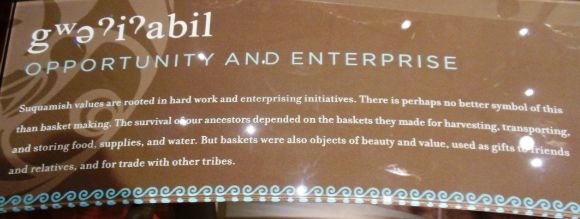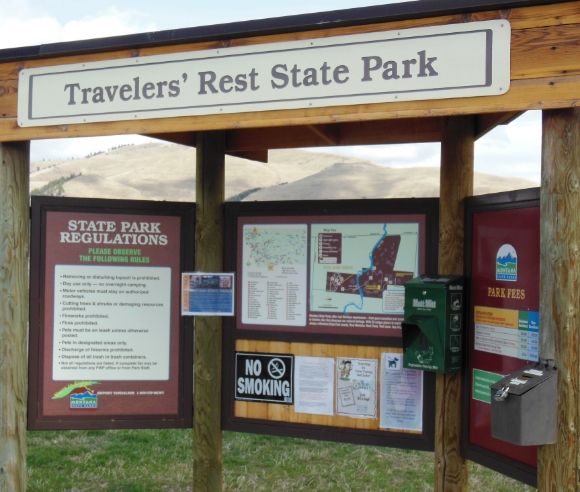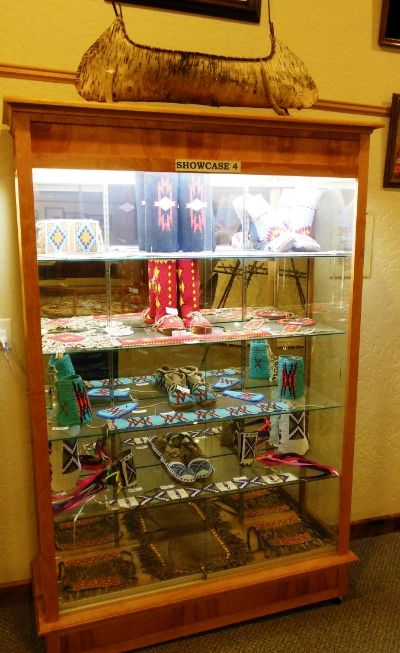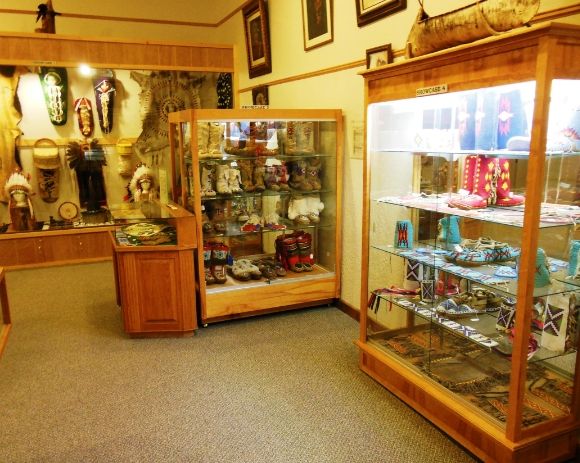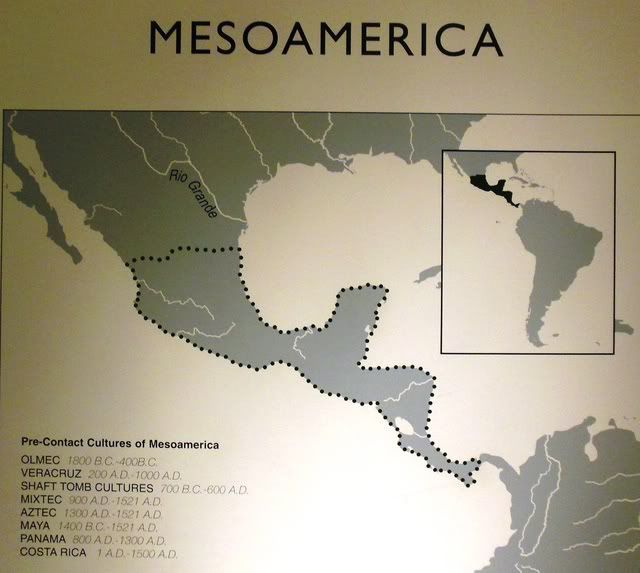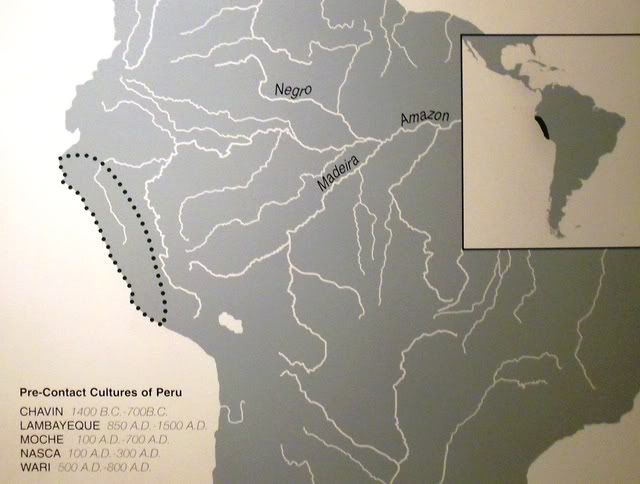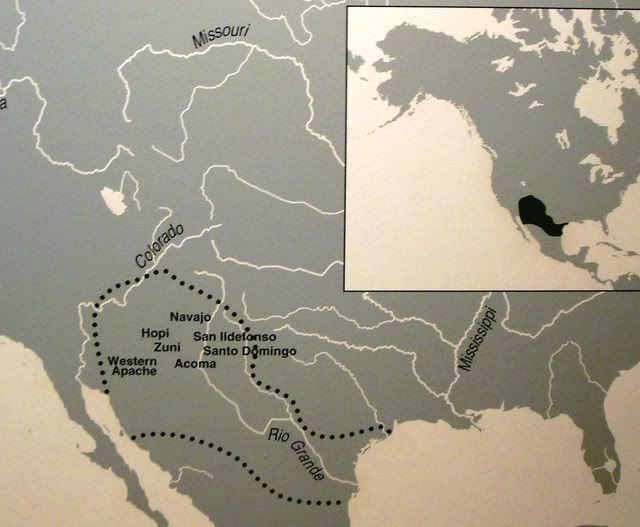Suquamish Basketry (Photo Diary)
The Northwest Coast is a region in which an entrenched and highly valued artistic tradition flourished and continues to flourish. The Suquamish are the people of the clear salt water. For more than 10,000 years they have occupied that area known today as the Kitsap Peninsula, Bainbridge Island, Blake Island, and parts of Whidbey Island … Continued
